Final Fantasy 7 Rebirth's Queen's Blood Card Game Takes Inspiration From Marvel Snap And Splatoon
The popular in-universe card game has roots in some unexpected places.
Final Fantasy 7 Rebirth has only been out for a week, but players are already lauding the action-RPG's card-based minigame, Queen's Blood, for its captivating nature. At first glance, one might assume the minigame's inclusion is an attempt to capitalize on the popularity of other card-based minigames--like The Witcher 3's Gwent--Rebirth's creators say most of the inspiration for its design came from two other video games: Marvel Snap and Nintedo's third-person competitive shooter series, Splatoon.
"Although [it is] in a different genre, Splatoon offered some good pointers in terms of territory battles," game director Nakoi Hamaguchi said in a recent interview with Kotaku. "The game rules for Marvel Snap were a helpful reference in many ways when we were deciding how to adjust the balance for Queen’s Blood in the final stages of development."
Players are first introduced to Queen's Blood in Chapter 2 of Rebirth, with the card game taking center stage via a tournament in Chapter 5, and several other unique matches occurring in Chapter 6. Queen's Blood pits two players against each other, where they ultimately fight to dominate the board and encroach on enemy territory. Every turn, each player may place a card on the board with the goal of undermining their opponent's cards, scoring points, or simply taking up space on the board. If a card's point value reaches zero, it is destroyed, leaving an opening for one's opponent to place a card. Ultimately, the goal is to accumulate as many points as possible.
The fight for space on the board bears resemblance to Splatoon matches, where the two teams fight to cover the battlefield in colorful ink, taking out enemies in the process and attempting to (literally) cover as much enemy ground as possible while opponents are respawning. Despite the extreme difference in aesthetic and game genre, Splatoon's inky fingerprints are all over Queen's Blood's game design. The similarities to Marvel Snap, however, are much more obvious.
"The game rules for Marvel Snap were a helpful reference in many ways when we were deciding how to adjust the balance for Queen’s Blood in the final stages of development," Hamaguchi said of the hit mobile game's influence on Queen's Blood's design.
Similar to Marvel Snap, Final Fantasy 7 Rebirth players will want to optimize their card collection and make careful decisions about which cards they play if they wish to beat the competition. Players are eased into their first few matches, initially playing against several unskilled NPCs (including one who straight-up admits he doesn't understand the game's rules) before taking on more talented opponents, including companions like Aerith and Tifa, and beloved NPCs like Andrea and Madame M. Each opponent has a different playstyle (and a unique deck), so figuring out how best to play the cards in Cloud's deck is a must for players who want to win.
Many Rebirth players are voicing their love for the game on social media sites like Reddit (where one user recently admitted they've "become a rather sadistic Queen's Blood player"), but it seems that Rebirth's developers are big fans of the card game as well. Initially, the team practiced playing the game using paper cards and a Windows app, but eventually, things escalated.
"There was a lot of love for Queen’s Blood among the development staff as well, and toward the end of development when the workload lightened for some members, ," Hamaguchi explained.
But the commitment didn't end there--developers working on the game's levels were told to find spaces for roughly 30 NPCs to appear who would each play a part in the Queen's Blood storyline. The goal was to create environments with unique NPCs who could really sell the idea that Queen's Blood is a wildly popular game with deep roots in Rebirth's lore, regardless of how frequently the player chooses to engage (or not engage) in matches.
"I believe that the phenomenon of Jenova spreading through SOLDIERs and the Black Robes has both a viral aspect and an urban legend aspect," members of the team behind Queen’s Blood team explained via an email statement. "With Queen’s Blood, [we] focused on the urban legend aspect and wrote the scenario thinking about what might happen if the legacy of Jenova spread in the form of lore and card games."
It seems the developers' hard work has paid off, as players are already calling for Square Enix to release a mobile version of Queen's Blood so they can play on the go, while others are hoping an official physical version of the game will eventually be released for purchase.
Got a news tip or want to contact us directly? Email news@gamespot.com
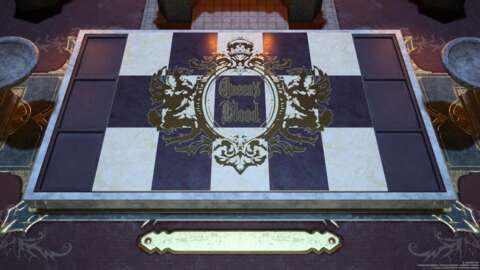
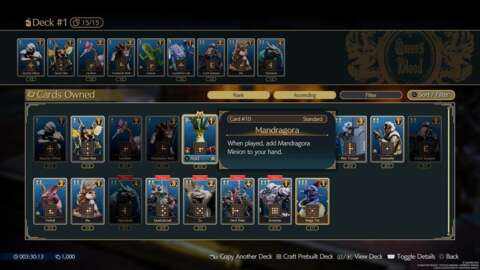
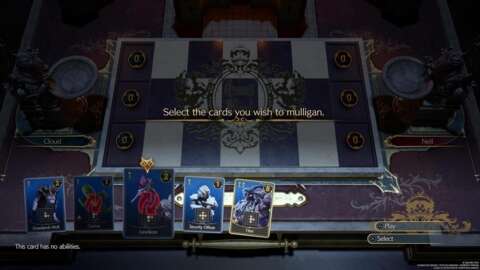
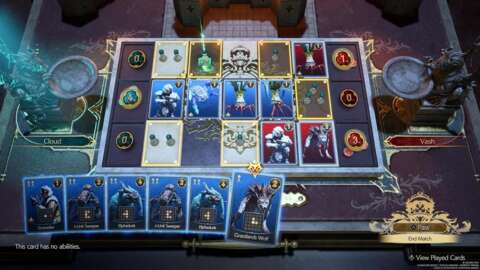
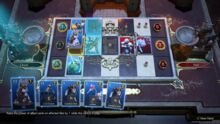
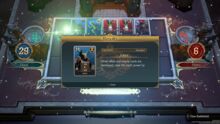
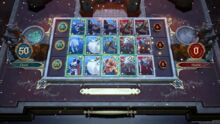
Join the conversation